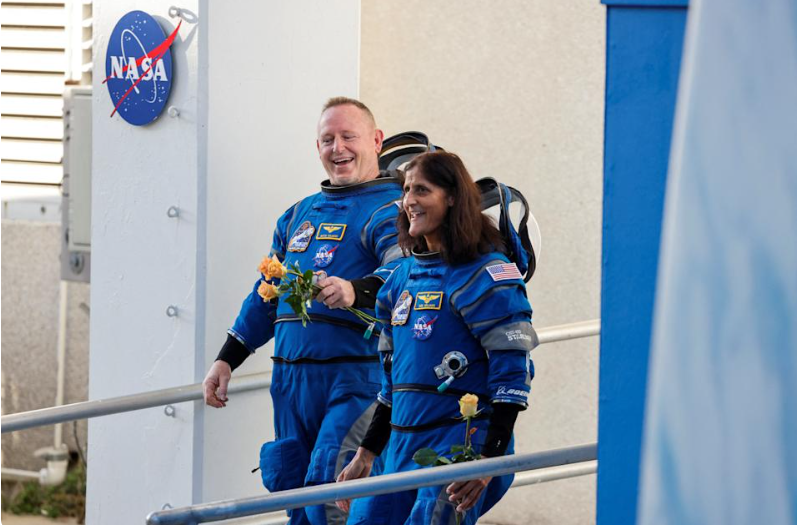Table of Contents

After 280 days in orbit, NASA astronauts Butch Wilmore and Suni Williams are finally returning to Earth alongside SpaceX’s Crew-9 team, marking the conclusion of a high-stakes mission that underscored the complexities and resilience of human spaceflight. The astronauts, who launched to the International Space Station (ISS) in June 2024 aboard Boeing’s troubled Starliner spacecraft, undocked early Tuesday aboard SpaceX’s Dragon Freedom capsule. Their journey home—a collaborative effort between NASA, Boeing, and SpaceX—culminated in a dramatic splashdown off Florida’s coast at 5:57 p.m. EDT, broadcast live to a global audience.
A Mission Extended by Challenges

Wilmore and Williams originally embarked on Boeing’s Starliner-1 Crew Flight Test (CFT) in June 2024, a critical demonstration mission intended to certify the spacecraft for routine crewed flights. However, technical issues, including propulsion system anomalies and helium leaks, forced NASA to indefinitely postpone Starliner’s return. With the spacecraft deemed unsafe for reentry, the duo remained aboard the ISS, their stay stretching from days to months.
To facilitate their eventual return, NASA adjusted the Crew-9 mission, operated by SpaceX. Launched in September 2024 with only two astronauts—NASA’s Nick Hague and Roscosmos cosmonaut Aleksandr Gorbunov—the mission reserved two seats for Wilmore and Williams. This flexibility allowed the stranded astronauts to hitch a ride home aboard Dragon Freedom, highlighting the growing interoperability of NASA’s Commercial Crew Program partners.
You might like : Elon Musk’s SpaceX Launches Crew: 5 Rescue Facts for NASA Astronauts
A Collaborative Return Journey
The Dragon Freedom capsule undocked from the ISS’s Harmony module at 1:05 a.m. EDT on March 18, beginning a 17-hour voyage back to Earth. NASA provided live coverage starting at 4:45 p.m. EDT, with commentators Kate Tice (SpaceX engineering manager) and Sandra Jones (NASA communications officer) detailing milestones like the de-orbit burn at 3:04 p.m. EDT. This critical maneuver slowed the spacecraft’s velocity, aligning it for reentry and a parachute-assisted splashdown in the Gulf of Mexico.
Weather conditions initially threatened a Wednesday return, but teams expedited the timeline to capitalize on calm seas and clear skies off Florida. The successful landing concluded a marathon stay in